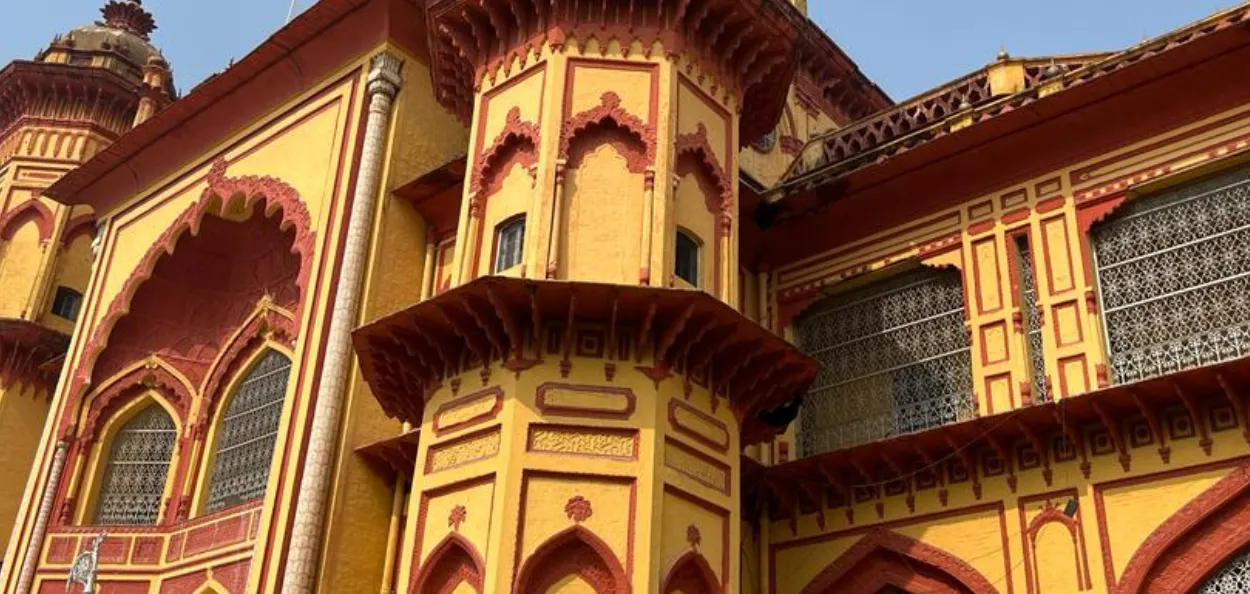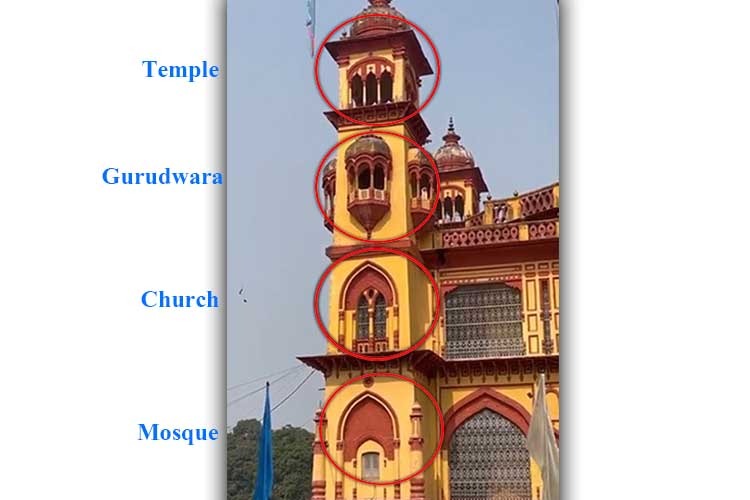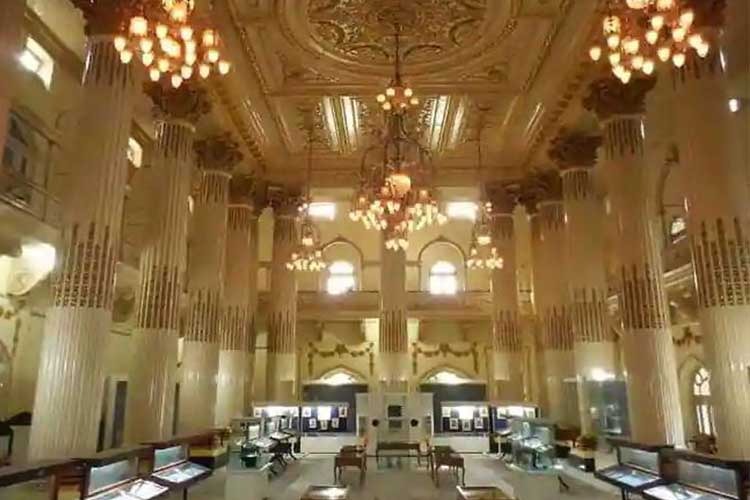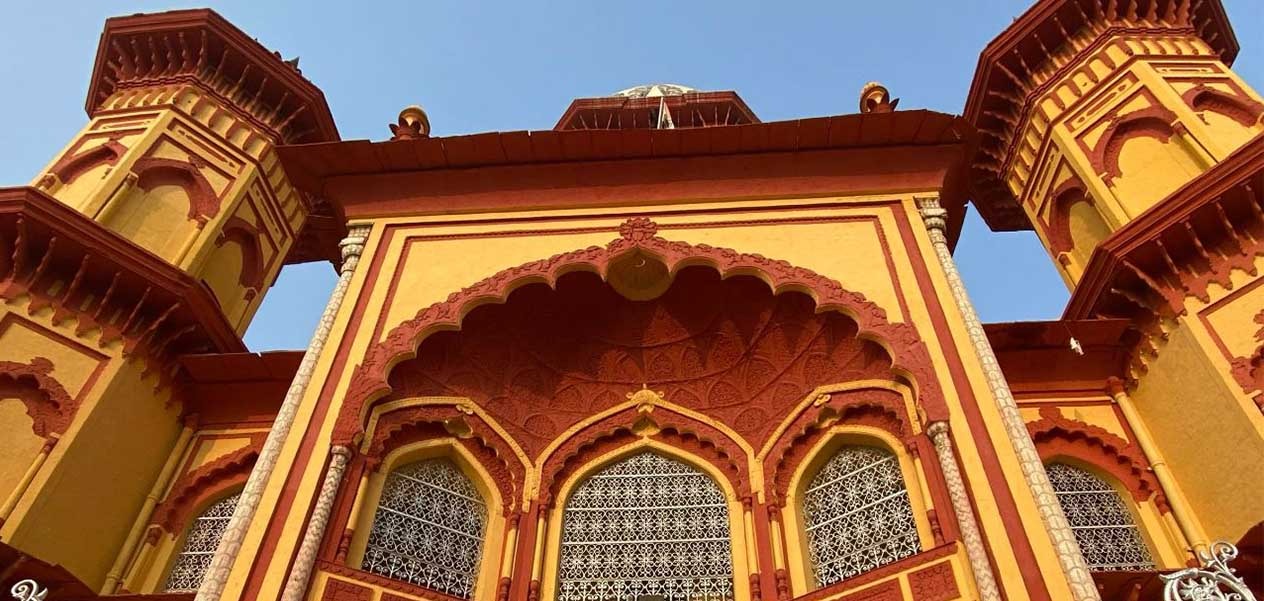
New Delhi
Eight minarets of Hamid Manzil, a magnificent building that houses the world’s famous Rampur Raza Library located some 200 kilometers from New Delhi, is a great symbol of pluralism in India.
The first part of the library minaret at the bottom is built in the shape of a Mosque; the part just above this resembles a Church, the third part reflects the architectural design of a Sikh Gurudwara, and the top-most part is built in the shape of a Hindu temple.

The religious symbols
This spirit of inclusiveness promoted in the princely State early on continues to inspire the people of this Uttar Pradesh district to live in harmony.
Rampur also famous for the Rampuri Chaku (knife), is one of the few princely states in India where no major communal riots or disturbances ever took place during the British colonial era or in the years afterward.
What makes the symbolism of the building remarkable is that it was constructed between 1902-05 much before India got its Independence and the nawabs were in the power of the 15-gun salute Princely State. They consciously chose to keep the sequence of symbolism with a secular spirit.
The unique architecture of the library building tells a long story about the nature and politics of the erstwhile Rampur Princely state. The interior of the building is also inspired by European architecture. The architect of the building was French architect W.C. Wright, who made the structure on the instructions given by Nawab Hamid Ali Khan.

The interiors of the library
The Nawabs of Rampur were Rohilas, who had their origin in Roh, Afghanistan, and were renowned for their secular and liberal outlook. They patronized the arts, culture, and education, and were known for their love of music, poetry, and architecture. They also promoted social and religious harmony by patronizing scholars and religious leaders from all faiths, including Hindus, Muslims, and Sikhs. Raza library continues to be one of the most important cultural institutions in India and houses a vast collection of rare manuscripts, books, and other artifacts.
The library is now managed by the Government of Uttar Pradesh but remains closely associated with the Nawab family. Its minarets capture the true soul of the syncretic traditions of India. The Rampur Raza Library collection was started by Nawab Faizullah Khan in 1774. But the building came up much later.
The library initially had the personal book collection of Nawabs of Rampur who were patrons of the arts and avid collectors of books and manuscripts. Over the decades, the library has grown to become one of the largest collections of rare books and manuscripts in the country.
The library houses a vast collection of 17,000 manuscripts, including 150 illustrated ones with 4413 illustrations and about 83,000 printed books besides 5,000 miniature paintings in albums, 3000 specimens of calligraphy, and 205 palm leaves. Many rare and valuable texts are in Arabic, Persian, Urdu, Hindi, and other languages. The collection includes works on a wide range of subjects, including history, philosophy, science, literature, and religion.
The Raza Library is also home to several rare artifacts, including miniature paintings, coins, and other objects of historical and cultural significance. The library has a conservation lab that works to preserve these artifacts and ensure that they are protected for future generations. Nawab Murad Ali Khan, the son of the last nawab Murtaza Ali Khan has been on the board of the library management. His brother Nawab Kazim Ali Khan was also involved.
He has been MLA for five straight terms from the Suar constituency. He has twice been a Minister in Samajwadi as well as the Bahujan Samaj Party Government of Uttar Pradesh. He has continued the legacy of his ancestors in furthering a tolerant and secular culture in his region. Maulana Azad was the first MP from Rampur, who also became the first education minister of independent India. The Nawabs of Rampur were particularly famous for their patronage of Urdu poetry and music.

The general view of the library
Nawab Yousuf Ali Khan learnt poetry from Mirza Ghalib, who had been employed by his court. The nawabs were avid collectors of musical instruments, and many famous musicians and singers, including Ustad Allauddin Khan and Ustad Faiyaz Khan, were associated with the Rampur court.
The Rampur-Sahaswan gharana of classical music is named after the princely state and continues to be popular among music enthusiasts in India. Even though Rampur was a predominantly Muslim state, the Nawabs encouraged the development of Hindu temples and other places of worship for non-Muslims.
ALSO READ: Turkish people cried when we were leaving: Lt Col Singh to PM Modi
They also supported interfaith marriages and were known for their efforts to bridge the gap between different communities in their state. Rampur Raza Library is today one of the biggest symbols of India’s syncretic heritage and continues to attract visitors from across the world.
